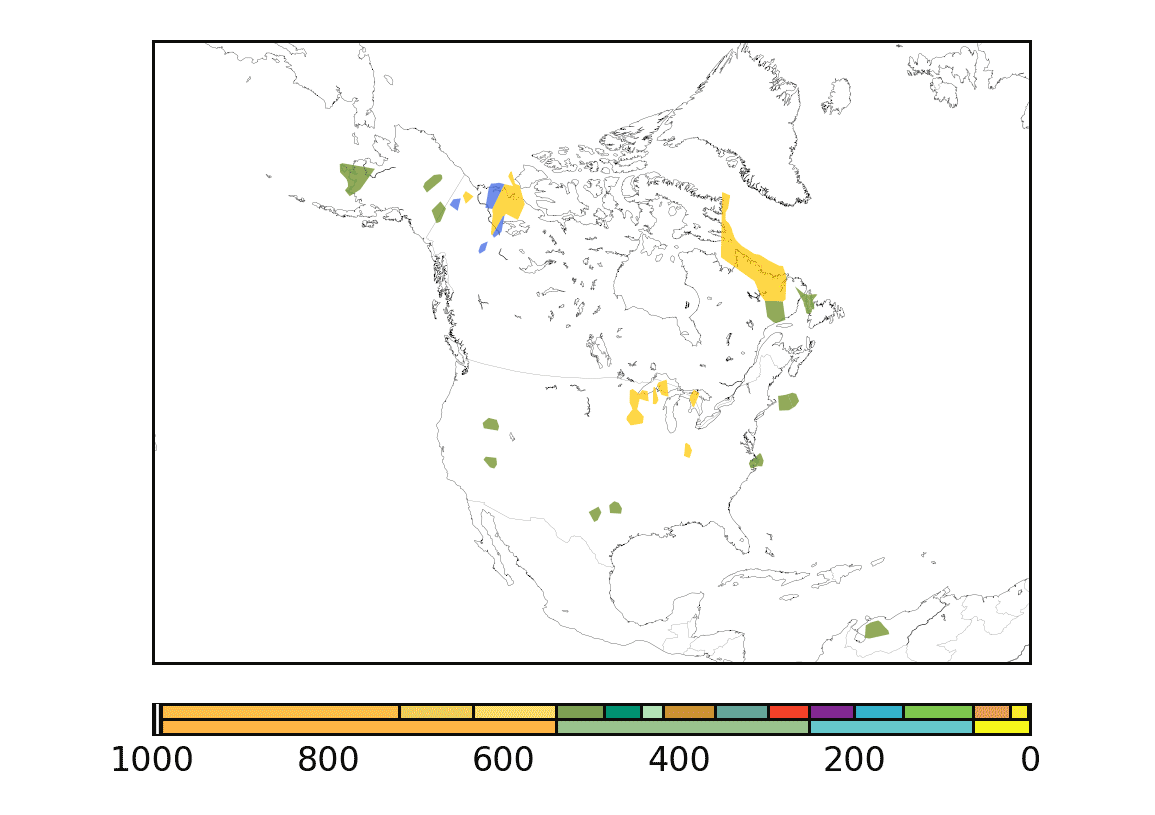A data synthesis approach to Earth history research

For over 100 years, geoscientists have appreciated that Earth's climate and surface chemistry is mediated by mass exchange with the lithosphere. Due to the challenges of direct quantification of geological mass fluxes, especially at fine temporal scales, geochemical proxy studies of well-constrained stratigraphic sections have emerged as a dominant mode to study ancient climate and biogeochemical cycling. My Ph.D. research was premised certainly on this approach. However, as the number of active geoscientists grows, and analytical approaches make the generation of large datasets more routine, the ability to discover and analyze all data relevant to a given question has become unwieldy, but increasingly important for testing the most pressing questions in Earth history. For example, the canonical model used to interpret carbon isotopic records contends that there are of two important modes of carbon burial: (1) organic matter and (2) marine carbonate. Recent work has challenged this paradigm by suggesting that authigenic carbonate, precipitated from carbon released during anaerobic organic matter degradation, may be an important third sink for carbon. If correct, our understanding of the carbon cycle and global redox budgets needs to be redressed at a fundamental level. Testing this model is challenging, however, because authigenic carbonate can be disseminated over a large volume of buried sediment.
Thus, rather than viewing geochemical proxies as replacements for empirical quantification of geological mass fluxes, these approaches are necessarily complementary. This challenge (and opportunity) has led me to work with Macrostrat, a geospatial database that describes the age and properties of rocks in the upper crust. In collaboration with Shanan Peters, and using Macrostrat as a framework for geological data synthesis, we can model sedimentary mass fluxes into and out of the lithosphere on geological timescales, and thus explore the attendant implications for climate and biogeochemical cycles. At its root, the most basic calculation that can be derived from Macrostrat is rock coverage - for a given point in time at a given region in space, does rock exist? The movie above displays this quantity, progressing from 1000 million years ago until today with polygons color-coded by their dominant lithology. Watch and you will observe a pronounced increase in sedimentary abundance starting at ~500 Ma. This increase is profound and unexpected, and we explore its implications below.
The sedimentary shell as agent of atmospheric oxygenation?

The figure at left is a time series of the animated data from above. The number of Macrostrat columns that have sediments or metasediments are tabulated for each one million year increment. The sediment coverage record (left axis on figure) is then built by normalizing the time series to the maximum value (i.e., a value of 1 would indicate all of Laurentia is accumulating sediment at a given time point). Sedimentary and metasedimentary rock coverage is low in the Archean, rises to a higher value in the Proterozoic, and then again rises dramatically during the early Phanerozoic. It is notable that exponential decay in surviving rock quantity with increasing age, as expected by models of rock cycling, is not apparent in this empirical rock quantity-age data. By contrast, this time series of North American continental sediment abundance is strikingly similar to the global history of atmospheric oxygen concentration and major transitions in the global fossil record (right axis on figure). These empirical results, recently published, form the basis for a simple forward model of net organic carbon burial and oxidative weathering of the crust, which predicts two significant rises in pO2 separated by three comparatively stable plateaus. These observations suggest that the two-phased oxygenation of Earth's surface environment, and the long delays between the origin of life, the evolution of metazoans, and their subsequent diversification during the Cambrian Explosion, was caused by step-wise shifts in the ability of the continents to accumulate and store sedimentary organic carbon. The geodynamic mechanisms that promote and inhibit sediment accumulation on continental crust have, therefore, exerted a first-order control on the evolution of Earth's life and environment.